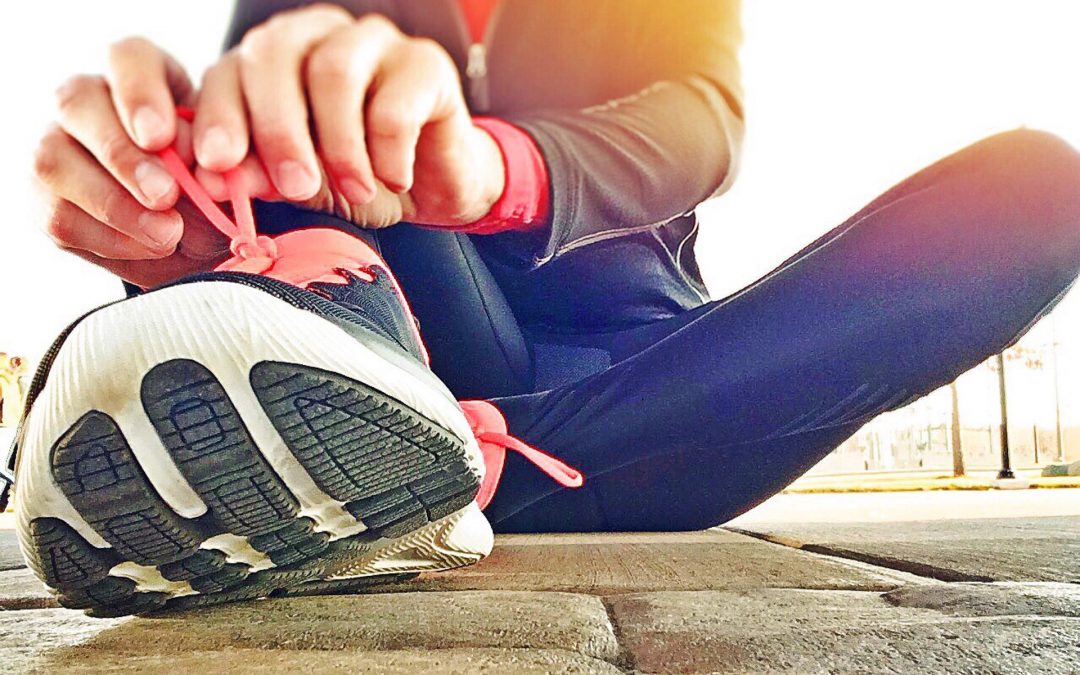3.1 miles might not seem like a lot when you’re driving, but running it is another thing. If you’re not really a runner, your first 5K may be the longest 30 minutes of your life. The decision to put your sneakers to the pavement competitively is admirable, but it does take some preparation. Failure to get yourself ready can leave you sitting on the sidelines with an injury, so Live Well Finish Strong explains what you need to do.
Pre-race preparation
First things first, you have to condition your body. You might think that you are active, but there is a good chance that you sit stagnant more than you realize. This means that your bones, muscles, and ligaments will rebel if you jump headfirst into an endurance activity.
Start by giving yourself the tools you need to get in shape. Many runners use a smartwatch to help them manage a new fitness routine. These devices help you track your daily activity and can be set to remind you to get up and move, which is a great motivator if you spend a lot of time sitting behind a desk. Be sure your watch feels comfortable for runs, and consider a perforated or silicone band.
Aside from a fitness tracking device, you’ll also want to ensure that you have shoes made specifically for running. Saucony is perhaps the most popular, but choose a shoe that fits the shape of your foot and offers plenty of arch support. Form-fitting, breathable athletic wear and an easy-to-carry water bottle will also come in handy.
Once your gear is together, and you know how much movement you make in a typical day, you can gradually increase your activity level. Mayo Clinic suggests utilizing a run/walk/rest strategy. By alternating this pattern, you should work yourself up to about three miles by the end of a week. After about seven weeks, you should easily tackle around four and a half miles, which should give you the confidence you need to complete the race.
When training for a 5K, don’t neglect your nutrition. Eat a balanced diet consisting of fruit, vegetables, and lean protein. It’s also a good idea to ensure your home contributes to your healthy lifestyle, so keep nutritious snacks and plenty of filtered water on hand.
Mental readiness
Your body is not the only thing you have to prepare. While mostly a physical feat, completing your first full-length race takes some mental preparation as well. For example, if you’re self-conscious about running in public, which many people are, you must learn to get over this fear. To do this, ask yourself why you don’t feel comfortable running around other people. Are you overweight? Do you dislike the way you look when you sweat? When these issues concern you, accept that there is nothing invalid about how you feel, but also that you have to conquer those concerns if you want to enjoy the benefits of achieving your goal.
Anxiety Coach explains exposure therapy is a terrific method for overcoming these types of fears. While you don’t necessarily have to see a professional, you can implement a similar strategy. Expose yourself to running in public in brief stints. You might take a jog around your block, and then expand to a few streets over. Once you’ve built up your self-confidence and realize you don’t stand out in the ways that you fear, you can start running through your local park or on the track at the gym.
A 5K is a great way to break into the racing scene. It’s a relatively short excursion that can help you prepare for the coveted 13.1, and maybe even eventually a 26.2. Even if your aspirations have nothing to do with a full-blown marathon, finishing even a short race is something to celebrate and good cause to bask in much-deserved personal glory.
If you need help planning your running program, connect with performance coach Bree Lambert of Live Well Finish Strong. Check out packages today to see which one works best for you!




